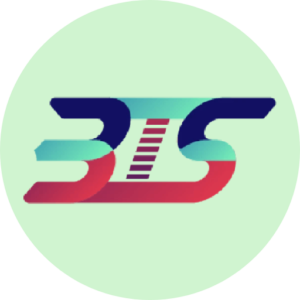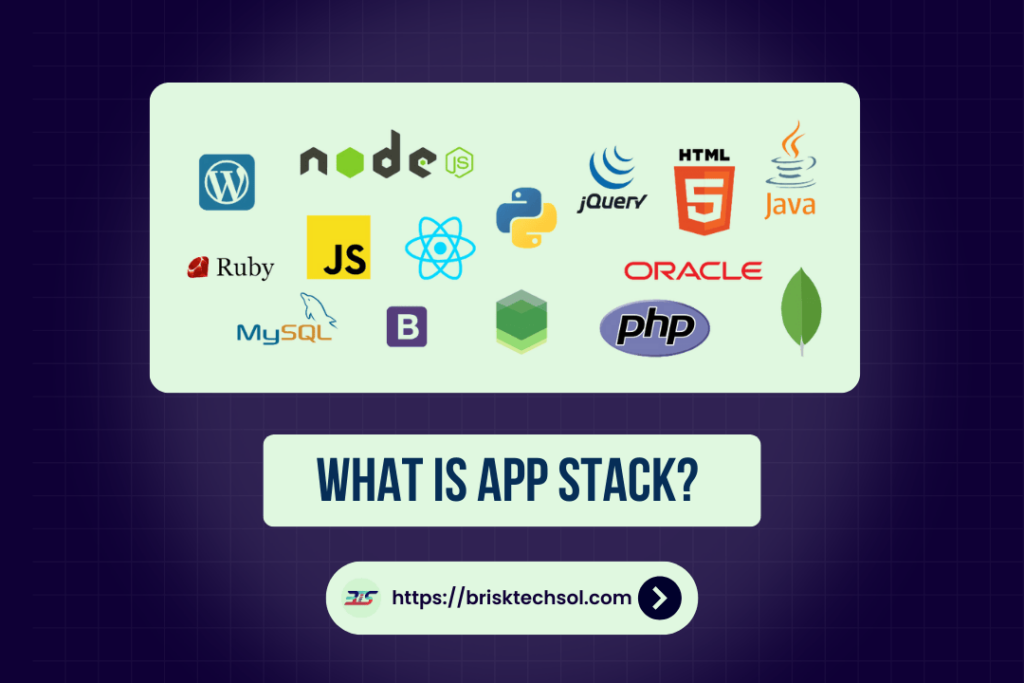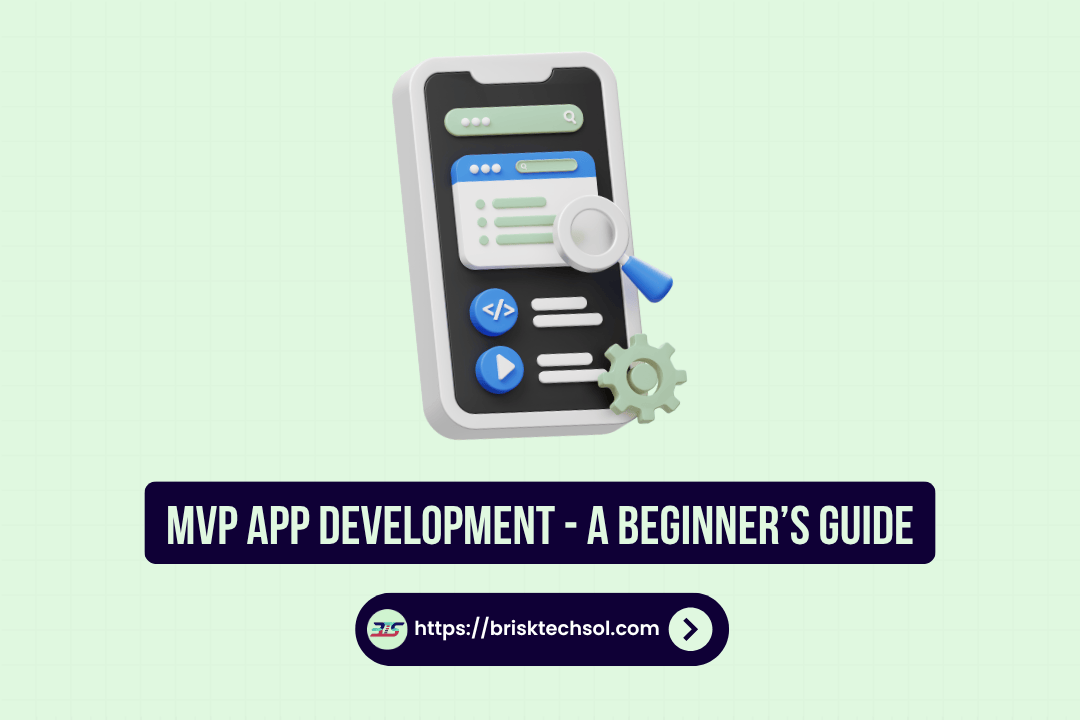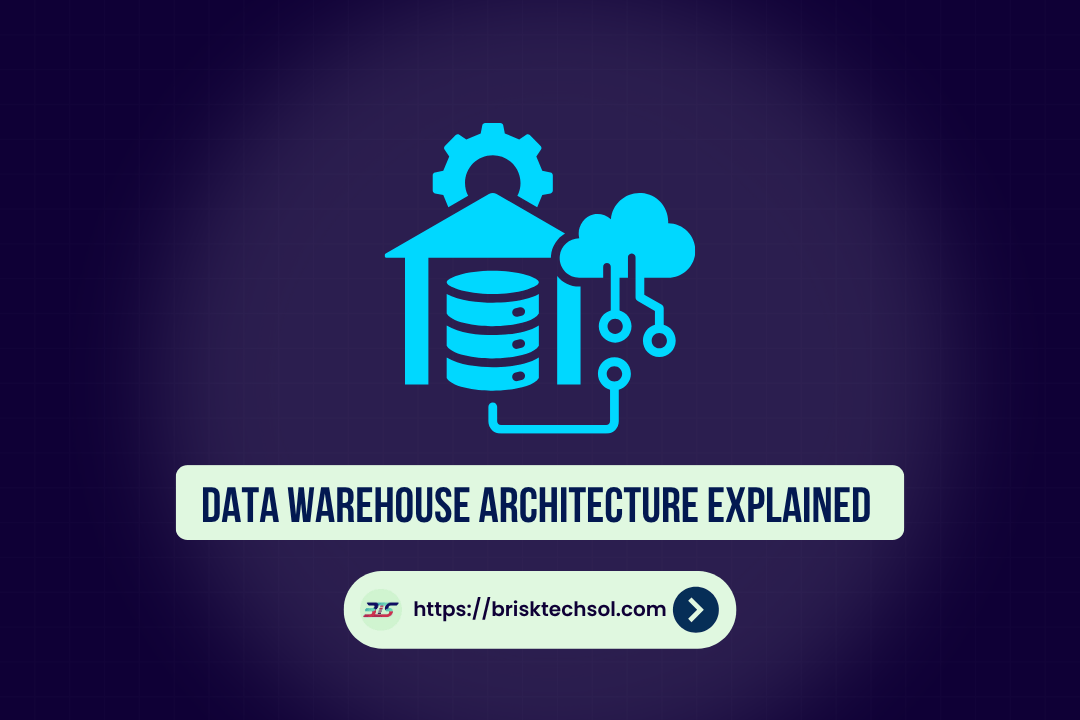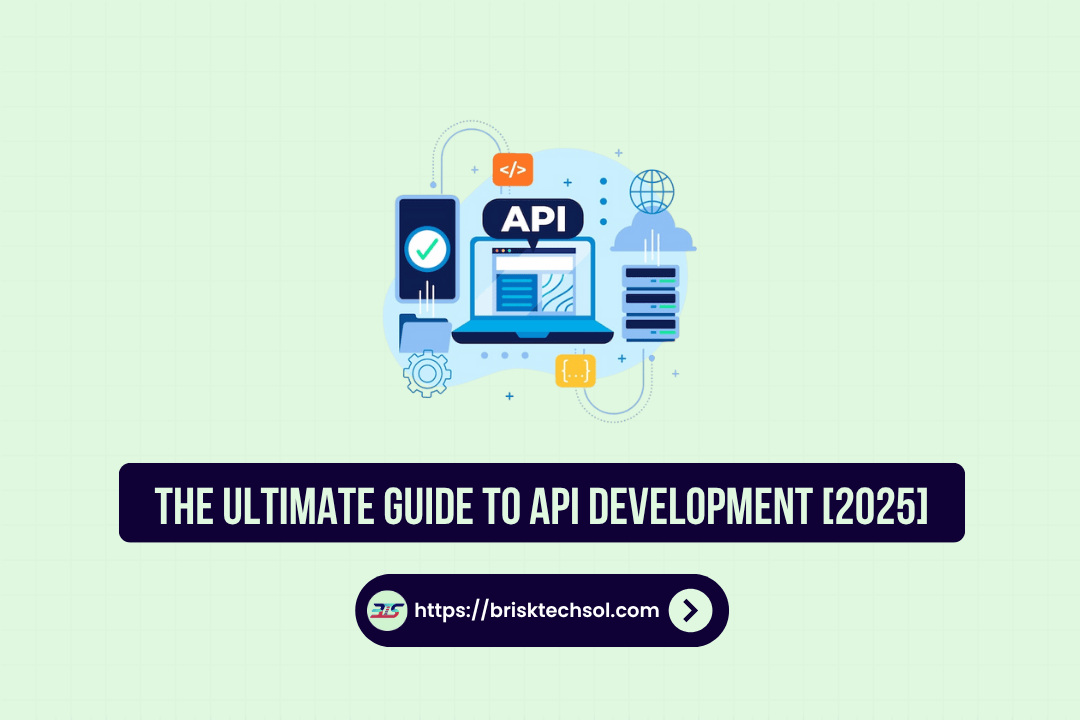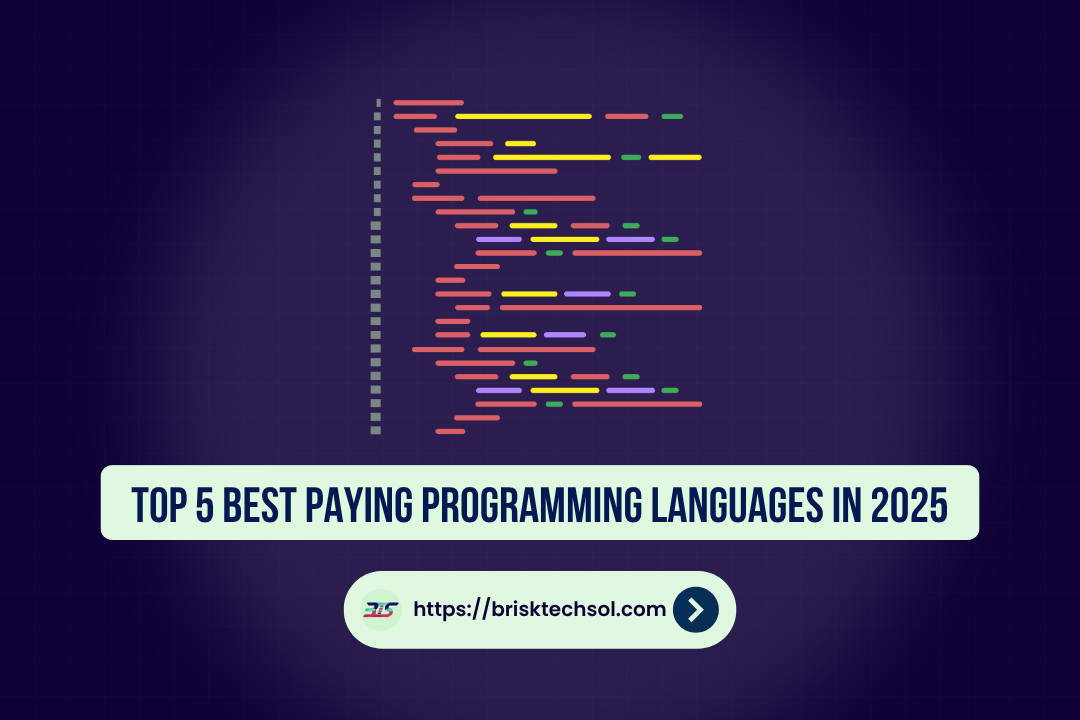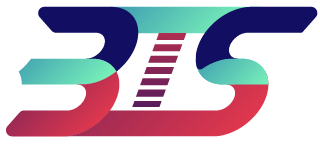An app stack is the combination of technologies, tools, and frameworks developers use to build, run, and maintain software applications. It includes front-end, back-end, middleware, and database layers, enabling seamless communication and functionality in apps. Understanding app stacks is essential for creating scalable, secure, and efficient applications.
What is App Stack?
An app stack serves as the foundation for application development. It integrates multiple layers of technologies that work together to ensure the application operates effectively. These layers can be broadly categorized into three sections:
Front-End Layer
This is the user-facing part of an application, responsible for user interaction. It includes technologies like:
Back-End Layer
The back-end manages the application’s server-side logic, connecting user input with databases and processing the results. Components include:
Middleware
Middleware acts as a bridge between the front-end and back-end, ensuring smooth data exchange. Examples include:
API Gateways: Handle API requests and responses.
Message Brokers: RabbitMQ or Kafka manage asynchronous data.
By combining these layers, developers create an efficient and cohesive system that supports application functionality.
Components of an App Stack
An app stack comprises various components, each playing a critical role in application development.
Programming Languages
These form the core logic of the application. Commonly used languages include:
- Python: Popular for its simplicity and versatility.
- JavaScript: Vital for both front-end and back-end development.
- Java: Known for its reliability and scalability.
Frameworks
Frameworks simplify the development process by providing pre-built modules and tools. Examples include:
- Angular: Streamlines front-end development.
- Spring Boot: Optimizes Java-based back-end development.
Databases
Databases store and manage application data. Types include:
- Relational Databases: MySQL, PostgreSQL.
- NoSQL Databases: MongoDB, DynamoDB.
Development Tools
These enhance efficiency and streamline workflows:
- Version Control: Git for code management.
- CI/CD Tools: Jenkins and GitHub Actions automate deployment.
Cloud Services
Cloud providers like AWS, Azure, or Google Cloud ensure scalability, data storage, and on-demand computing.
By integrating these components, developers can build applications tailored to specific business needs.
Popular App Stacks in Use Today
App stacks are tailored combinations of technologies, frameworks, and tools that cater to specific application requirements. Each app stack is optimized for particular use cases, making it essential for developers to choose the one that aligns with their project needs. Let’s explore some of the most popular app stacks in use today:
LAMP Stack
- Components: Linux (operating system), Apache (web server), MySQL (database), and PHP (programming language).
- Use Case: LAMP is widely used for creating dynamic web applications and websites. Its open-source nature and simplicity make it a go-to choice for many developers.
- Advantages: Cost-effective, easy to deploy, and highly customizable.
MEAN Stack
- Components: MongoDB (NoSQL database), Express.js (backend framework), Angular (front-end framework), and Node.js (runtime environment).
- Use Case: The MEAN stack is ideal for building scalable web applications, particularly for single-page applications (SPAs).
- Advantages: JavaScript-based across all layers, ensuring smooth developer collaboration.
MERN Stack
- Components: MongoDB, Express.js, React, and Node.js.
- Use Case: Like MEAN, but with React for the front end, making it a great option for interactive user interfaces.
- Advantages: React’s component-based architecture enhances flexibility and reusability.
Flutter Stack
- Components: Dart (programming language), Flutter SDK (UI toolkit).
- Use Case: Flutter excels in creating cross-platform mobile applications with a single codebase.
- Advantages: High performance, rich UI widgets, and quick development cycles.
Ruby on Rails Stack
- Components: Ruby (language) and Rails (framework), supported by PostgreSQL or MySQL.
- Use Case: Perfect for startups due to rapid prototyping capabilities.
- Advantages: Built-in tools reduce coding efforts significantly.
These stacks demonstrate how specific technology combinations cater to diverse development needs, enabling faster, more efficient workflows.
Benefits of Using an App Stack
An app stack is more than a collection of tools; it’s a well-coordinated ecosystem designed to streamline development and improve overall app performance. Using an app stack offers numerous benefits for developers, businesses, and end-users alike. Let’s explore into the key advantages:
Efficient Development Process
- Pre-built Tools: App stacks come with frameworks, libraries, and tools tailored for development, reducing time spent on setting up individual components.
- Simplified Workflow: Integration between components ensures seamless communication across the stack, making development faster and less error-prone.
- Rapid Prototyping: Developers can quickly create and test prototypes, leading to faster iterations and reduced time-to-market.
Cost-Effectiveness
- Open Source Options: Many stacks, like LAMP and MEAN, rely on free and open-source components, cutting licensing costs.
- Optimized Resources: Efficient resource utilization reduces operational expenses.
Scalability
- Handle Growing Traffic: App stacks like MEAN and MERN are designed to scale with user demands, ensuring performance remains consistent as traffic increases.
- Cloud Integration: Many modern stacks integrate seamlessly with cloud platforms, enabling businesses to expand their capabilities effortlessly.
Enhanced Performance
- Optimized Architecture: Each layer in the stack is designed to complement the others, ensuring smooth and efficient operation.
- Speed and Reliability: Technologies like Node.js and React improve application speed and deliver a more reliable user experience.
Customization and Flexibility
- Tailored Solutions: Developers can choose stacks that match their specific needs, allowing for highly customized applications.
- Cross-Platform Development: With stacks like Flutter, a single codebase can be used across multiple platforms, saving time and resources.
Improved Collaboration
- Unified Language: Stacks like MEAN and MERN use JavaScript throughout, making it easier for teams to collaborate without switching between languages.
- Standardized Tools: Familiar frameworks and tools reduce the learning curve for team members.
Security and Maintenance
- Built-In Security Features: Many app stacks come with pre-configured security measures, such as encryption and authentication protocols.
- Regular Updates: Popular stacks are actively maintained, ensuring compatibility with the latest technologies and improved security.
By utilizing an app stack, businesses and developers can achieve faster development cycles, cost savings, and robust, scalable applications tailored to modern user demands.
Challenges of Using App Stacks
While app stacks offer numerous benefits, they also come with their own set of challenges. Developers and businesses need to address these obstacles to maximize the effectiveness of their chosen stack. Here are some of the most common challenges associated with using app stacks:
Complexity of Integration
- Diverse Components: An app stack often includes multiple tools, frameworks, and libraries, each with its unique configuration. Ensuring all components work seamlessly together can be difficult.
- Version Compatibility: As tools are updated, maintaining compatibility between different layers in the stack can require constant monitoring and adjustments.
Learning Curve
- Steep Onboarding: Some stacks, especially those using advanced or less common technologies, demand significant expertise. New developers may struggle to learn and apply these tools effectively.
- Continuous Updates: Developers must stay up-to-date with the latest trends and technologies to avoid using outdated components.
Performance Bottlenecks
- Suboptimal Configurations: If not properly optimized, an app stack can introduce latency or inefficiencies, affecting application performance.
- Resource Demands: Some stacks require substantial server resources, leading to higher operational costs for applications with high traffic.
Cost Considerations
- Licensing Fees: While many stacks are open source, others involve licensing costs for enterprise-grade tools or premium services.
- Scaling Costs: As the application grows, hosting and maintenance costs can increase significantly, especially if the stack isn’t optimized for scalability.
Security Vulnerabilities
- Dependency Risks: App stacks often rely on third-party libraries, which may contain vulnerabilities that hackers can exploit.
- Misconfigurations: Improper setup of stack components, such as databases or servers, can expose the app to security risks.
- Regular Patching: Keeping all components of the stack up-to-date to address security issues can be resource-intensive.
Vendor Lock-In
- Proprietary Tools: Some app stacks involve proprietary technologies or services, making it difficult to switch to a different stack or provider later.
- Limited Flexibility: Organizations may feel restricted by the capabilities and limitations of their chosen stack.
Maintenance and Support
- Fragmented Ecosystem: Unlike all-in-one solutions, app stacks often consist of independent tools, which can complicate troubleshooting and maintenance.
- Community vs. Professional Support: While many open-source stacks rely on community support, professional support may be limited or expensive.
Custom Development Challenges
- Custom Solutions: Highly customized stacks require more development effort, which can increase timelines and costs.
- Technical Debt: Over time, customizations can lead to technical debt, making future updates or migrations more challenging.
Scalability Limitations
- Predefined Architectures: Not all stacks are inherently designed for massive scalability, and expanding their capabilities may require significant adjustments.
- Infrastructure Constraints: Without proper planning, scaling an app stack can strain server infrastructure and increase downtime risks.
Cross-Platform Issues
- Compatibility Gaps: While many stacks support multiple platforms, achieving the same level of performance and functionality across all platforms can be difficult.
- Development Overhead: Custom solutions for platform-specific features may increase development time.
Understanding these challenges helps businesses and developers make informed decisions about their app stack. Proper planning, regular updates, and thorough testing are essential to overcoming these hurdles and creating a robust, scalable, and secure application.
Conclusion
Using an app stack can really speed up development and help scale your app, but it’s not without its challenges. From integrating different tools to managing security, there are a few hurdles to jump. However, with the right planning and ongoing maintenance, you can make sure your app stack works for you, not against you, leading to a smooth and successful project.
FAQ’S
What is an app stack?
An app stack refers to a combination of technologies used to build and run an application. This includes the front-end, back-end, database, and other essential tools that work together to create the app.
What are the main components of an app stack?
A typical app stack includes:
- Front-end technologies: Frameworks like React or Angular for the user interface.
- Back-end technologies: Servers and databases such as Node.js, Python, and MySQL.
- APIs: To connect the front-end and back-end.
- Development tools: IDEs, testing tools, and version control systems.
Why should I use an app stack?
An app stack provides a structured approach to app development, helping to streamline processes, reduce development time, and ensure scalability. It also allows you to leverage the strengths of each tool or technology.
Are there free app stacks available?
Yes, many popular app stacks are open-source and free to use, such as the MEAN stack (MongoDB, Express, Angular, Node.js) and LAMP stack (Linux, Apache, MySQL, PHP). However, some components may require paid versions for enterprise-level use.
What are the main challenges of using an app stack?
Some common challenges include integration complexity, performance issues, security concerns, and vendor lock-in. Proper planning and regular updates can help mitigate these risks.

